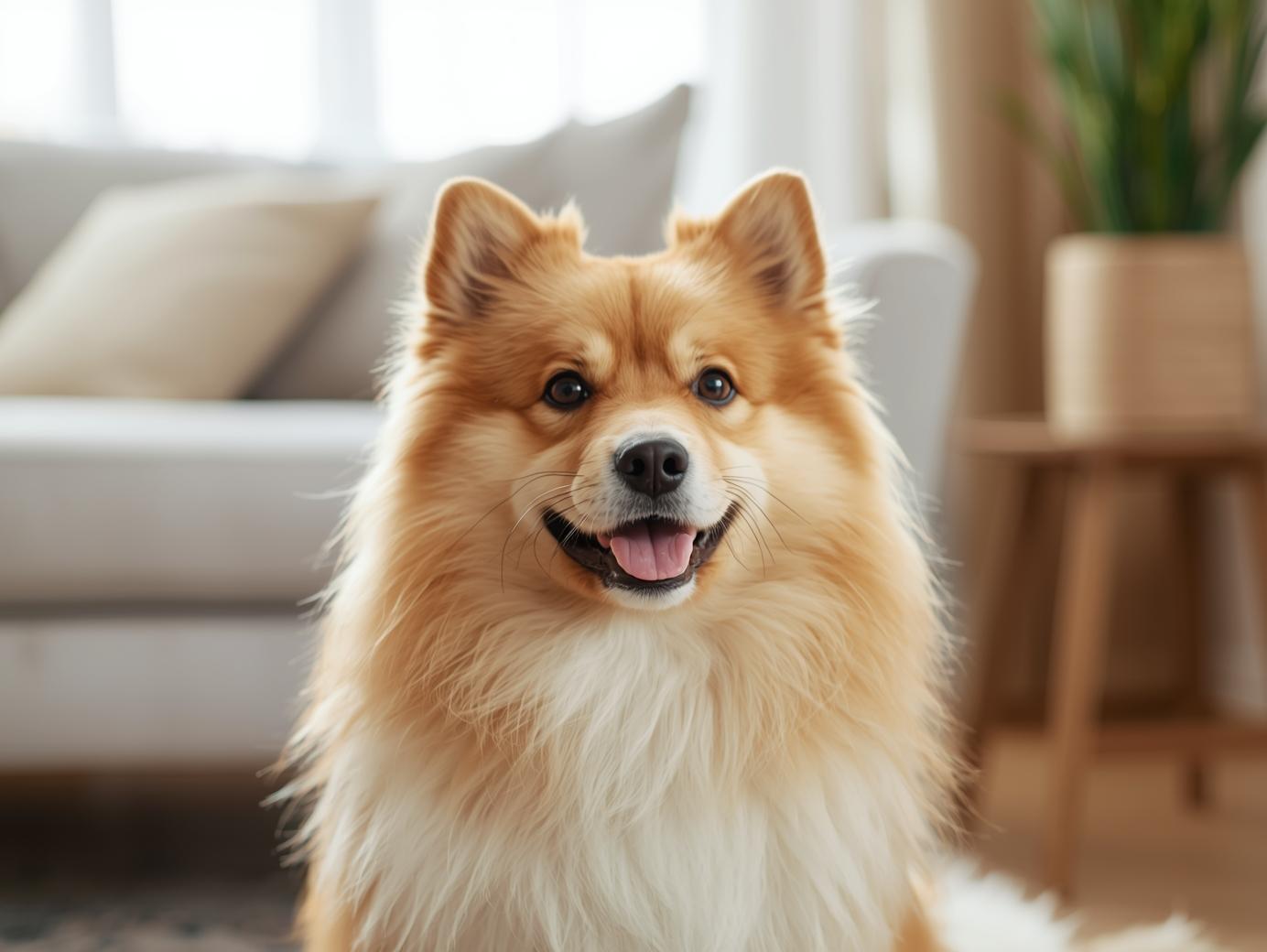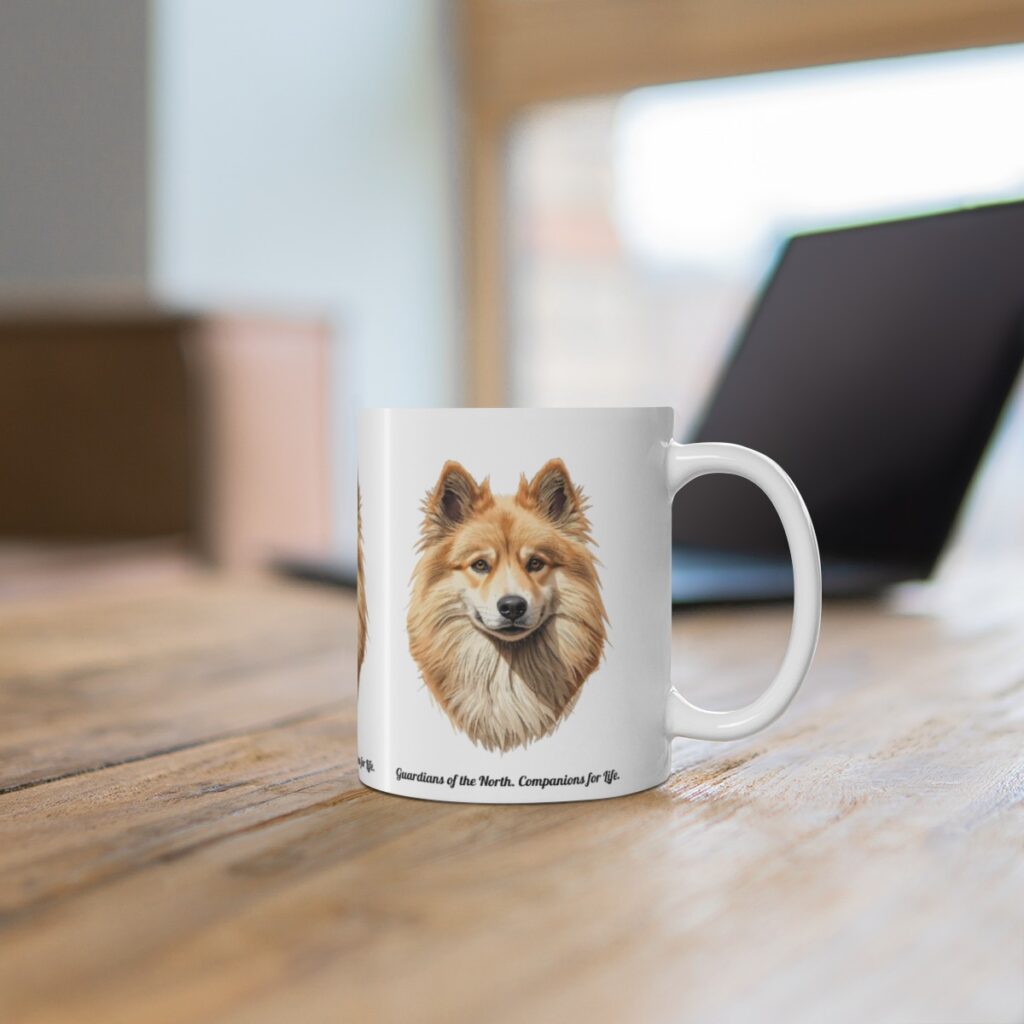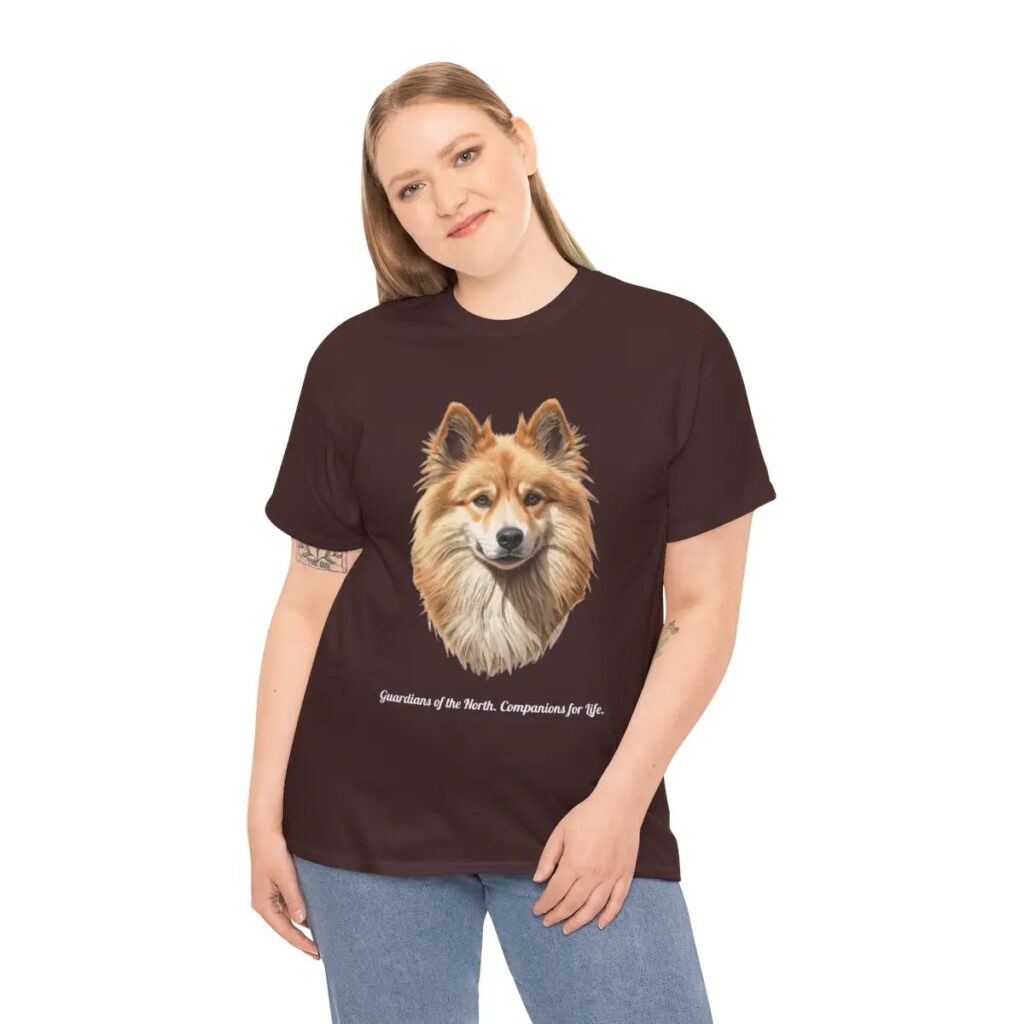A Friendly Guide for UK Owners
Curious about the Finnish Spitz? Thinking about bringing one home in East Cornwall?
You’re in the right place. The Finnish Spitz is lively, smart, and famously vocal. This guide covers history, looks, temperament, barking habits, exercise, grooming, training, health, and daily life in our coastal towns.
You’ll also see if this “barking bird dog” fits your routine.
Fun fact, the Finnish Spitz is Finland’s national dog and a wonderful companion for active homes.
Finnish Spitz Basics: History, Looks, and Fast Facts
The Finnish Spitz is a medium dog with a fox-like face. Bright eyes, pricked ears, and a curled tail give it a bold, alert look.
The coat is a rich red-gold that glows in the sun. Many people say they look like a small fox, and they do carry that same curious spark.
This breed started as a hunting partner in Finland. Hunters needed a quick, keen dog that could find birds and small game.
The Finnish Spitz would bark to point out prey in trees. That habit makes them chatty today.
Barking is part of their nature, not a fault.
Height is about 15.5 to 20 inches. Weight is roughly 20 to 33 pounds. They are sturdy but light on their feet.
They move with easy, springy steps. Expect a lifespan of 12 to 15 years with good care.
They love walks and play, and they need steady mental work to stay calm at home.
Owners in the UK will find them friendly and loyal. They bond closely with family. Training takes patience and a sense of humor.
Keep sessions short and upbeat. They respond well to rewards, games, and gentle structure.
Pros and cons give a quick snapshot below.
Where the Finnish Spitz Comes From
This breed has ancient roots in Arctic regions. In Finland, they worked as hunting dogs for birds and small game.
They alerted hunters by barking at the prey, which is why many call them a “barking bird dog.” The Finnish government named the breed the national dog in 1979.
You can learn more background from the Finnish Spitz page on Wikipedia and the AKC breed overview.
Size, Coat, and Distinctive Fox-Like Look
- Height: about 15.5 to 20 inches at the shoulder
- Weight: about 20 to 33 pounds
- Features: curled tail, prick ears, almond eyes
- Coat: dense double coat, shades from light gold to deep red
Picture a small, red fox with a proud tail curled over the back. That is your Finnish Spitz.
Lifespan and Energy Level
Most live 12 to 15 years. They are active, playful, and alert every day. Expect a high energy level, especially in the first few years.
Plan daily activity, which we cover in detail below.
Quick Pros and Cons for Everyday Life
- Pros
- Friendly, loyal, and good with active families
- Smart and fun to train with games
- Steady energy for runs, hikes, and beach walks
- Clean coat that sheds dirt easily
- Cons
- Very vocal, barking is natural
- Can be independent and test limits
- Seasonal shedding “blowouts”
- Needs daily activity and mental work
Temperament and Lifestyle: What Finnish Spitz Owners Can Expect
In the home, the Finnish Spitz is cheerful and engaged. They love to be near their people.
They do best in a home with clear routines and time for exercise. Many owners describe them as witty.
They like to offer their own ideas during training. A bit of humour goes a long way.
They suit homes that enjoy walks in all seasons. Here in East Cornwall, that might be woodland paths or seaside loops. Good exercise and mental work help control barking.
A tired, satisfied Finnish Spitz is a quiet one.
Expect alert behavior around new sounds. They may bark when the doorbell rings or a gull squawks outside. Early socialization helps them relax.
Calm greetings, frequent visitors, and gentle exposure to busy places all help.
Family Dog Potential: Kids, Dogs, and Other Pets
Most Finnish Spitz dogs are friendly with children. They enjoy gentle games and short play sessions.
They usually get along with other dogs too. Their prey drive can be strong with small furries.
Tips for harmony:
- Start slow introductions on neutral ground.
- Teach children to respect space around food and toys.
- Use shared play that builds bonds, like fetch or tug toys with clear rules.
Barking Habits: Why It Happens and How to Manage It
Barking is a core trait. Your dog is not being “naughty,” they are doing what they were bred to do.
You can reduce barky moments with simple habits:
- Teach a quiet cue after one or two barks, then reward calm.
- Provide daily jobs, like scent games and trick practice.
- Reward relaxed behavior during common triggers, like door knocks.
- Socialize early to normal sights and sounds so alerts feel routine.
This plan keeps the voice, but turns the volume down.
Alone Time and Separation
Finnish Spitz dogs can struggle if left alone too soon. Build alone time slowly:
- Start with very short sessions and grow from there.
- Use puzzle feeders and safe chews to keep brains busy.
- Give a good walk before you leave. A tired dog rests better.
If anxiety shows up, routines help. You may also find support in our local guide on treating anxiety in dogs.
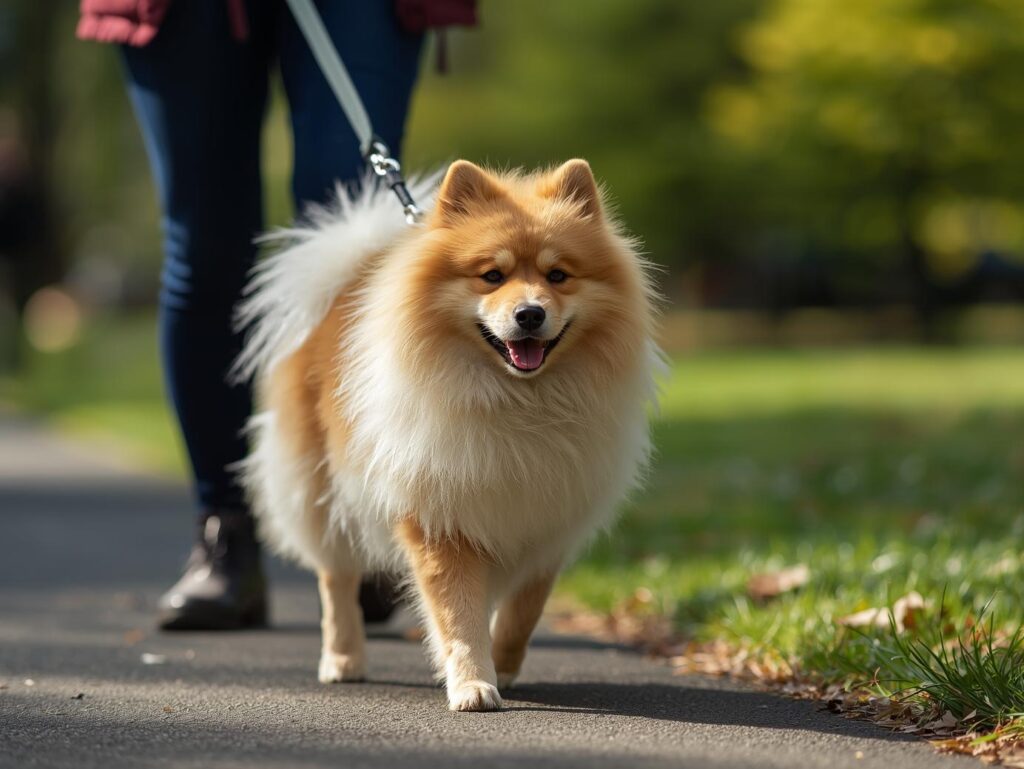
Home Setup: Flat or House, Garden, and Noise Considerations
They can live in a flat or a house. A house with a garden is easier for toilet breaks and play.
In a flat, noise matters. Reduce barking by closing blinds, using soothing background noise, and setting calm routines.
If you have sound-sensitive neighbors, focus on training early. Plan regular walks and mental games every day.
For extra support, our dog walking services can add structure when life gets busy.
Care Guide: Exercise, Grooming, Training, and Diet for a Finnish Spitz
Think in weekly rhythms. Daily walks, short training sessions, and calm downtime.
This breed enjoys variety. Mix up routes to keep things fresh. In East Cornwall, that might mean wooded trails one day, and coastal paths the next.
Weather can change quickly by the sea. A good waterproof and a towel near the door help. On wet days, you can still walk. Use shorter, brisk loops, then brain games at home.
For more wet-weather tips see can I walk my dog in the rain.
Daily Exercise and Enrichment Ideas
Plan 60 to 90 minutes of total daily activity. Split into morning and afternoon. Add play and brain work at home.
Ideas:
- Recall games on a long line in open fields.
- Scent work in the garden or along hedgerows.
- Fetch on a quiet beach, and check local lead rules.
- Woodland loops near Looe and Polperro, watch for livestock and keep leads handy.
If you want tracking peace of mind, consider a GPS dog tracker guide for off-lead areas.
Grooming the Double Coat and Managing Shedding
Brush once a week to lift loose hair and reduce mats. During spring and autumn shedding seasons, brush several times a week.
The coat is naturally clean, so bathe only as needed. Trim nails every 3 to 4 weeks. Check ears weekly.
Brush teeth several times a week for fresh breath and healthy gums.
A slicker brush and an undercoat rake work well. Stay gentle and patient. Make it a calm routine after walks.
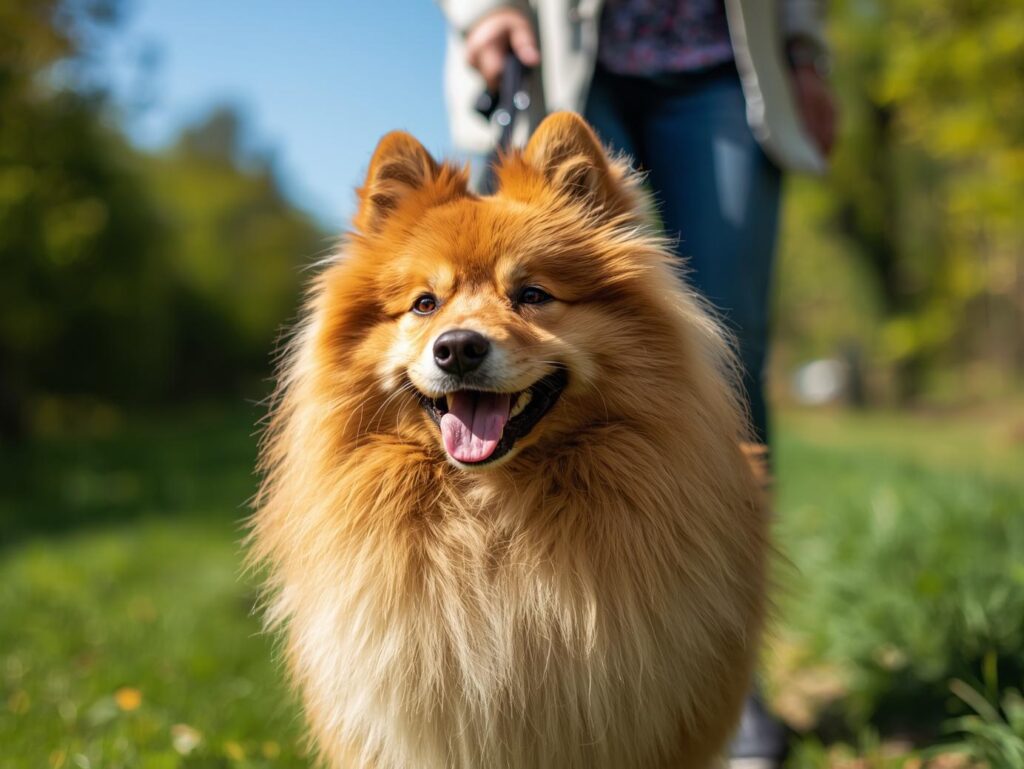
Training a Smart, Independent Thinker
Use positive reinforcement. Keep sessions short, fun, and clear. This breed learns fast, but may test rules. Consistency wins.
Focus on:
- Recall: practice with high-value rewards and distance control.
- Loose-lead walking: stop and reward when the lead stays slack.
- Impulse control: sit and stay before doorways or meals.
- Games: trick training and calm tug toys builds focus and a stronger bond.
For extra help, explore our friendly tips in Dog Training Secrets.
Feeding, Weight, and Treats
Feed a balanced diet matched to life stage. Puppy, adult, and senior foods meet different needs. Look at body condition rather than exact calories.
You should feel the ribs with light pressure but not see them from a distance.
Use part of the meals for training and puzzle toys. Keep treats small and count them toward the daily amount.
Do not reward shouting for snacks. Wait for quiet, then praise that choice.
Health, Costs, and Choosing the Right Finnish Spitz Path
Finnish Spitz are generally healthy dogs. With good exercise and regular vet care, many stay active well into their teens.
Budgeting for care helps you plan a calm, steady life together.
In the UK, think about insurance, quality food, and ongoing training. Add a small buffer for gear and travel crates.
You may need boarding, daycare, or a reliable walker during busy weeks.
Local life near the coast brings extra joys and a few risks. Slippery steps, sudden gusts, and busy dog zones need common-sense safety.
If you worry about off-lead greetings, read our guide on dealing with loose aggressive dogs on walks.
It’s a useful skill set for any owner.
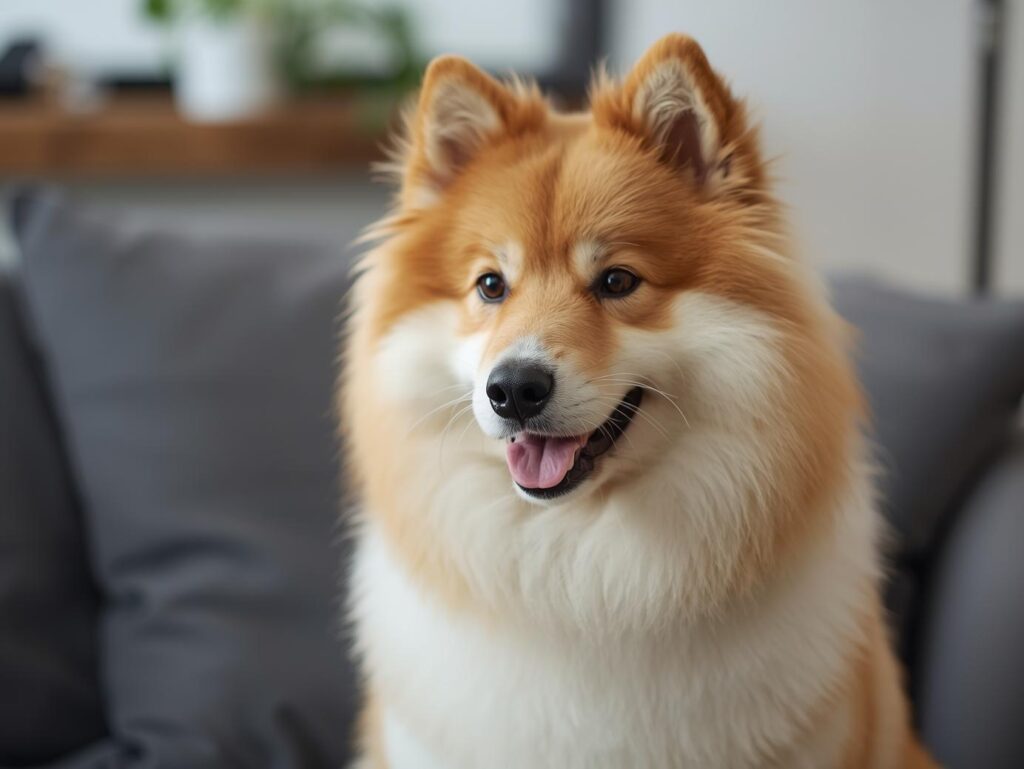
Common Health Considerations and Vet Care
The breed is known for good general health. Possible issues include patellar luxation and some joint strain.
Keep your dog at a steady weight and build muscle with regular walks. Routine vet checks catch problems early.
Responsible breeders use health testing, which you can ask about before you buy or adopt.
For a general profile, you can also see this quick summary from Hill’s Pet.
Budgeting for a Finnish Spitz in the UK
Plan for:
- Quality food tailored to age and activity
- Insurance for peace of mind
- Annual vaccinations and health checks
- Grooming tools, brushes, nail clippers, and a suitable harness
- Training classes or one-to-one help
- Boarding, daycare, or dog walking cover during holidays
If your Finnish Spitz pulls, a well-fitted harness can help.
Our review on gear for strong pullers, like the best dog harness for large dogs, still offers helpful fit tips for mid-sized breeds.
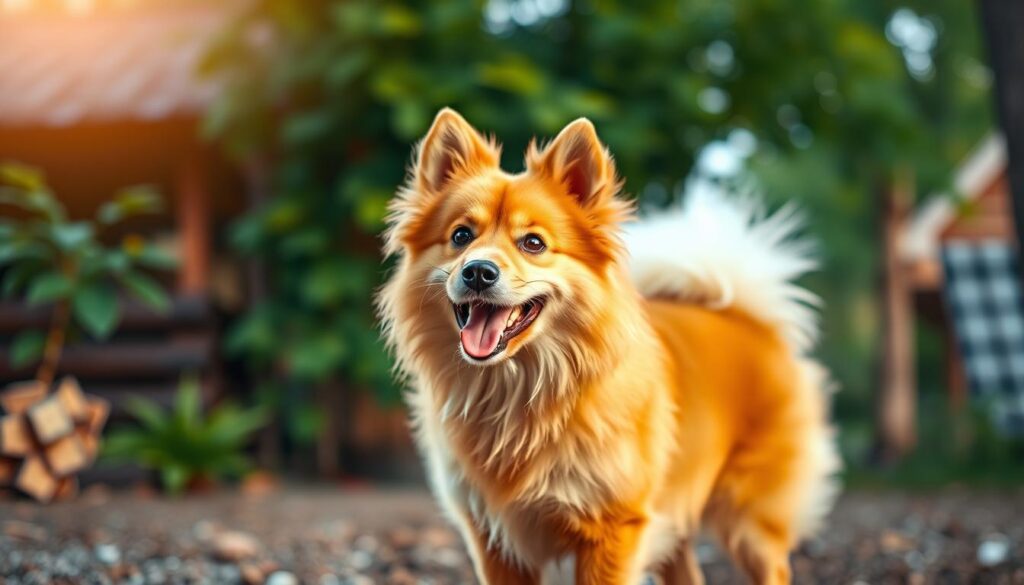
Rescue or Reputable Breeder: How to Choose
Take your time. Research and ask questions. A good breeder welcomes visits, shares health records, and introduces you to the parents. For rescue, meet the dog more than once.
Ask about history, triggers, and house habits. Be honest about your routine and noise limits.
You can also review core traits with the UKC breed standard summary for a clear picture of temperament and structure.
Is the Finnish Spitz Right for You? Quick Checklist
- Do you feel comfortable with a vocal breed?
- Can you commit to daily exercise and brain games?
- Will you use positive training and be consistent?
- Are you happy to brush weekly and more during shedding?
- Can you build alone time slowly and kindly?
- Does your home suit alert barking, with friendly neighbors?
- Do you have a plan for kids, other pets, and introductions?
- Would support from a professional dog walker help your schedule?
Conclusion
The Finnish Spitz is friendly, vocal, lively, and loyal. With steady training and daily activity, they shine as family companions.
Meet a few in person, speak to responsible breeders or rescues, and sketch a simple routine that includes walks, games, and calm rest.
If you live near Looe or Polperro, active dogs like the Finnish Spitz do best with consistent daily dog walks.
When you need support, our insured, local team offers flexible walks and kind care. Get in touch anytime through Contact Paw-tastic Walks.
P.S. Curious about safety on long rambles or busy routes?
This guide on is dog walking dangerous shares straight-talking tips to keep every outing safe, relaxed, and fun.
Looking for “pet walking near me,” “local dog walking,” “reliable dog walker,” “group dog walks,” or “puppy walking services”? We’re here to help with friendly advice, fair dog walking rates, and calm, confident support for your Finnish Spitz.

